|
River Worth Friends and the Aire Rivers Trust have been monitoring the ecological status of the Worth for a number of years. We have used two methods for this; electrofishing to count the actual number and species of fish and riverfly monitoring to count the number of invertebrates (bugs) living in the river, on which the fish feed. As we have been doing this for about five years we can start to detect trends in the numbers. In this blog we will look at how we electrofish and then analyse the results. Electrofishing involves passing an electric current through the water to momentarily stun or disorientate the fish, making them easier to catch, we then take a count and measure the length of some species. You may have seen us demonstrating this at the Trout in the Town Conclave we hosted earlier this year. Fishing usually involves a team of 4 to 6 people, headed by Prof. Jon Grey of the Wild Trout Trust who wields the electric probe, there are two catchers with nets who scoop up the fish when they appear and pass them to the fourth person who keeps them in a bucket of water for later counting and measuring by one or two people on the bank. I said that the stunning makes the fish easier to catch but the job of the catcher is quite tricky as the fish are only briefly immobilised so you have to be quite quick witted and sure footed. Once counted and measured the fish will be fully recovered and are released back into the river. Five approximately 50 metre stretches are fished each spring. The lowest is by Kinara Close whilst the most upstream is at Damems. We asked Prof. Grey to explain some of the trends showing from the data over the past five years:
Our thanks to Prof. Grey for that interesting analysis. That last graph is particularly enigmatic, will the 2026 results show a continuing upward trend of older fish due to the recruitment from the previous young of year? We will let you know.
1 Comment
People walking by the river at Damems recently may have noticed some riverside trees have been felled and left in the river. What’s that all about!? It’s part of the River Worth Improvement Project (RWIP) and is intended to improve the in-river ecology. Here Sam Riley-Gunn of the Aire Rivers Trust and project leader for the RWIP explains what it’s all about. Read on…. From the start of the industrial revolution, we have changed the shape of the River Worth from its natural irregular path to a high sided, straight, fast flowing channel. This has had an impact on the ecology of the river, making it less attractive to wildlife. One of the aims of the RWIP was to enhance the river environment for wildlife. At the Damems Nature Reserves, Aire Rivers Trust and the Wild Trout Trust have been introducing tree kickers to the River Worth. These are trees that have been felled into the river channel and securely anchored to the riverbank with steel cables. The aim is to mimic the natural presence of large woody matter that historically would have naturally fallen into the river. Though simple in design, these structures bring profound benefits to the river, its wildlife, and the surrounding community. They will restore natural river processes by breaking up the monotony of the artificial fast, straight, flows. Hover over image to read caption. As water moves around and through the submerged branches, it slows in some areas and accelerates in others, creating pools, riffles, and eddies that reshape the riverbed. Sediment begins to settle in calmer zones, while gravel is scoured clean in faster currents. This is important on the Worth as its fast straightened flow limits the build-up of clean gravel beds that are vital spawning grounds for fish such at brown trout.
nature-based solution is invaluable. It works with the river’s own processes rather than against them, offering resilience without the need for expensive concrete engineering. The benefits extend to people as well as wildlife. Damems Nature Reserve is already a cherished green space, and the revitalised river enhances its appeal. Visitors can witness the transformation firsthand, spotting darting fish, flourishing plants, and the possible electric blue and orange flash of a kingfisher along the water’s edge.
The project also strengthens the River Worth Friends and Aire Rivers Trust’s wider mission to restore the Aire and Worth catchments. With the tree kickers marking the completion of the first phase of work to restore the Damems Nature Reserves. Future works are planned with Bradford and Keighley Town Council to introduce wildflower meadows, create fruit and flower rich riverside woodlands alongside an ambition to restore a large wetland on the Bradford Council owned section of the site. A big thanks to Lucy Johnson for this lovely blog about the Muppet Memorial Walk organised by RWF for the Keighley Walking Festival. If you would like to write a blog on a River Worth matter please contact us. What better memorial to a much loved person than leading a favourite walk in their memory? As part of Keighley Walking Festival the River Worth Friends organised a walk from Stanbury to Keighley on Saturday 27th of September. This walk was advertised as “Muppett’s Walk.” At several points during the hike walk leader Sue Patchett shared memories of Michael Pascal, who preferred to be known as Muppett. Muppett was passionate about broadening access to the countryside. He campaigned for many years to ensure access to the Dales bus service that runs from Keighley. He was good-humoured, invariably clad in Crocs, and passed away very suddenly last year. 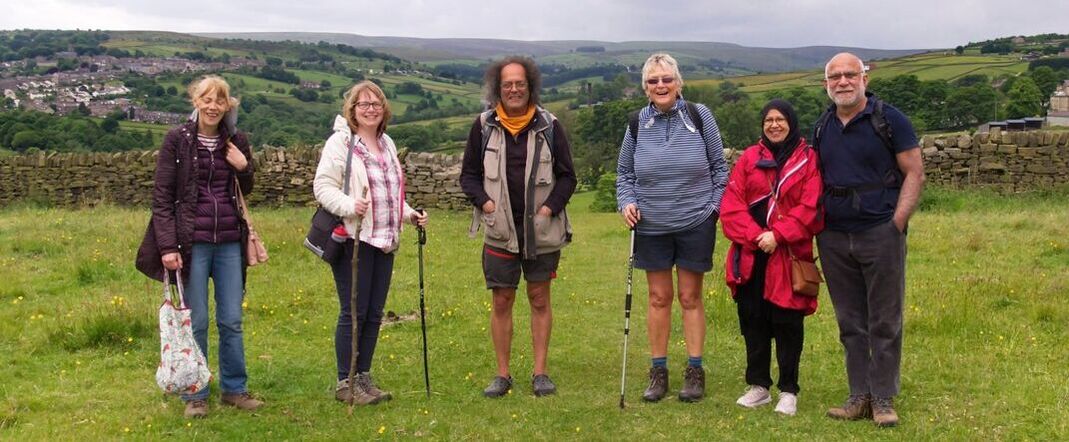 Muppet on a walk in 2022, in the middle with crocs. Muppet on a walk in 2022, in the middle with crocs. The Stanbury walk followed a route devised by Muppett. It was attended by 14 intrepid walkers, and led by Sue supported by Malcolm Eldon, on a bright autumn day. Most participants met at Keighley bus station, where Sue was proudly sporting an eye-wateringly bright Walking Festival hat, the familiar River Worth Friends high-vis and jazzy trousers. The bus route up the valley was scenic and calm, through a landscape studded with scenic villages, known for the Keighley and Worth Valley Railway and its role in the 1970 version of The Railway Children. We arrived as scheduled at the meeting point and acquired a few more participants, with only Malcolm and Rita sporting bare knees in the late September sunshine.
commented, “I’ve got lots of faults, but organisation isn’t one of them.” She also said that she can easily spend four hours at a time on her computer emailing local councillors or uploading and updating photos. She commented on her abrasive, effective campaigning style: “You’ve either got it or you aint!” We continued over the gentle hills, mostly through green fields, with the occasional tweak here and there to add a bit of woodland or avoid a road. As we neared Keighley, we were treated to the deisel train passing at Damem’s station, holding us up at the barrier as Malcolm snapped a few more shots. The planned lunch spot was postponed due to winds, so instead we settled down close to the campfire spot at Damem’s Nature Reserve. Unfortunately, it seems that the spot is beloved by local dogs, who had chosen well-targeted spots to leave evidence of their walks, reducing the number of available perches. Sue regaled me with the escapade of Malcom’s Weir over lunch. It was detailed and dramatic enough to merit its own blog at some point, although Malcolm claims that the majority of Keighley is already familiar with the tale. Lunch completed, we continued back to Keighley, spotting ink caps on the way, and arriving back close to the train station to finish the day. Several walkers peeled off as we returned to the town, leaving a small group to bid farewell to near the train station. We were fortunate with the weather and the route was excellent. Sue proved herself to be a patient leader, even with Malcolm’s occasionally loose interpretation of back-marking. I highly recommend checking out more of the programme next year. Everybody loves otters, except perhaps for anglers and pond owners! We have otters visiting the River Worth, here's a little information about otters in general and in more specifically about their life on the Worth. Back from extinction. In the 1970’s the otter was close to extinction in England, only being found on 6% of surveyed sites. The steady decline earlier in the 20th century was largely due to water pollution with agricultural pesticides, other factors were illegal hunting and habitat loss. Following new regulations to control damaging pesticides, such as dieldrin and aldrin, instituted in the late 1970s, and the passing of the Wildlife and Countryside Act of 1981 which lead to habitat restoration, otter numbers have steady increased. This has been partly by natural territory spread but also due to managed re-introduction in areas such as east Anglia where they were previously completely absent. The increase has been remarkable, in 2018 otters were found at 96% of surveyed sites in England. Otters on the Worth. River Worth Friends are pleased to say that the Worth is no exception, otters or signs of their presence have been seen at a number of locations on the river. Otter range over a wide territory, a female may cover 20-30 km or river, a male territory may include a number of female territories. So we suspect that the otters on the Worth are not actually resident but visitors from the Aire, we are hoping that an upcoming survey will be able to get more detail on this. Is it an otter or a mink? It is easy to mistake a mink for an otter and vice verse. Here are a few features to distinguish them:
There are brief videos of a an otter and a mink on the Worth later in the blog. They show the different confirmation of the mink to the otter. Otter spotting. English otters are elusive creatures! They are mainly crepuscular, emerging at dawn and dusk, so they are usually out in the dark. The best way to find out if otters are present is to look for their spraints, posh name for droppings, or for their prints. You could also try filming with a trail camera. Otter spraint usually has a sweet, fishy, some even say jasmine tea-like scent, while mink scats smell like shit, or some say burnt rubber . RWF members have spotted otter spraints by the river at Pitt St. and under the bridge at Dalton Lane, both close to the centre of Keighley, we didn’t need to sniff them.
Trail camera. If you really want to get into otter spotting you could set up a trail camera along the riverside. You obviously need to find a secluded location and camouflage the camera well, we understand there might be some dishonest people in Keighley who may steal it. Try to find somewhere with a gentle sloping bank, possibly under a bridge. We have filmed an otter in the river near Pitt Street. Clearly Pitt Street is a favourite otter hangout. Help River Worth Friends. If you have any luck otter spotting we would love to hear from you. Any information will help us build up a picture of otters on the Worth. Report any signs or sightings via our contact page, Brief shot of otter filmed on trail camera at Pitt Street. Brief video of mink filmed on the same day and location as the otter Otter facts. The otter family: Otters are part of the mustelid family, so related to weasels, stoats, mink and badgers Size: A full grown male otter can be up to 95cm plus a tail of about 40cm females are shorter. They weight between 7 to 17kg (15 to 37 lb). Lifespan: Up to ten years though many die well before that. Nowadays the main cause of death is road accidents. Diet: Mainly fish such as trout, grayling, eels and carp (on the Worth it would be trout and grayling) but also amphibians, crustaceans (lots of crayfish on the Worth), and waterbirds like moorhens and ducks. They also hunt on land, occasionally consuming small mammals, birds, and insects. Offspring: Young otters, known as pups or cubs, are born from May to August, they are blind, weighing about 100g (3.5oz). Female otters can delay implant of the embryo meaning they can mate at any time but delay implantation to give birth when conditions are right. One of River Worth Friends main activities is picking up plastic bottles and cans from in and along the river, over half of the rubbish we pick up is drinks containers. We don’t do this because we are obsessed with tidiness! Plastic is a scourge in our environment remaining for hundreds of years, plastic in our rivers will be distributed along the banks and eventually out to sea, having a lasting effect on marine life. The plastic bottle dropped in Keighley could end up in the stomach of a dolphin in the North Sea. So it was with a mixture of pleasure and disappointment that we heard the governments recent announcement about the proposed deposit return scheme (DRS) for plastic bottles and cans. We’re pleased to hear that it will be up and running in October 2027 but disappointed that it has taken so long for Britain to emulate many of our more environmentally conscientious European neighbours. The scheme was first mooted by Michael Gove, then Environment Secretary, in 2018. Nine years to introduce a relatively simple but environment changing measure, our politicians need to get their finger out! How will the scheme work? Well actually we don’t quite know, that’s still got to be worked out but basically when you buy drinks in a plastic or metal container an additional deposit (possibly 20p) will be paid which will be returned when the empty container is returned. This is limited to 150ml to 3 litre bottles or cans. Retailers will have to provide a return facility, either automated or manual, with certain exceptions. The government plans to set up the Deposit Management Organisation(DMO) in April this year, they will fill in the details on how the scheme works and ensure manufacturers and retailers conform. With British consumers buying over 30 billion single use drinks containers a year, this scheme is long overdue. Currently there are over 50 countries world wide running DRS schemes, European countries running schemes report an over 90% return rate, with Germany leading with 98%. RWF find that well over 50% of the litter we collect along the river is drinks containers. If the people of Keighley prove to be as sensible as the Germans then it will have a fantastic impact on our work. If not, well perhaps it will be a big boost for our funds! This scheme will not only have a huge environmental impact it will also contribute to the circular economy, with the collected bottles and cans being recycled. The government claims it will create 21,000 new jobs and £10 billion of investment in the recycling industry over the next ten years. We feel that it’s a pity that the DRS in England does not include glass bottles as it does in Scotland and Wales, if it did it would reinforce the circular economy even further and also get them off the river bank.
Let’s hope that the DRS and the disposable Vapes ban coming into force in June will improve the environment in Keighley and also reduce the amount of plastic in the river. River Worth Friends attended a double celebration on Wednesday. We marked the completion of the River Worth Restoration Project and proudly received the Trout in the Town Silver Accreditation. There was a good turnout for the event at the Old Parcels Office at Keighley Railway Station.
The silver accreditation is a recognition of the hard work of River Worth Friends and it’s volunteers. We run regular work parties on the river and our stalwarts turn up in all weathers, we rely on them. The River Worth Restoration Project was led by the Aire Rivers Trust but involved many local bodies; there was funding from Keighley Big Local and the Towns Fund but much of the work was done by volunteers from Aire Rivers Trust, Keighley and Worth Valley Railway environment team and River Worth Friends. There were four main strands to the project:
One of the main outcomes of the project is that the river can be a haven not just for wildlife but also for the communities along its banks, a place for relaxation and reflection.
Recently, during an idle moment, we were researching on the internet why fly tippers throw their rubbish over the wall instead of leaving it on the road side where we can more easily pick it up, we didn’t find an answer to that! But we did come across an interesting report dated October 2022 from unchecked.uk titled “Tipping Point - Exposing the realities of Britain’s fly tipping enforcement gap”. It has some interesting data which can put Bradford Council's performance on this in perspective. Here are a few snippets from the report, with pictures of some Keighley fly tipping littered (geddit!) amongst them.
We are not sure why the North East, the North West, and Yorkshire and the Humber were considered the bad guys on this. East of England had 18.6 incidents per 1,000, West Midlands 15.2 and London 42.7.
It is clear from this report that fly tipping is a national problem with regional hot spots and is not peculiar to Bradford as some would argue. The problem has got out of hand because cash strapped enforcement bodies do not have the resources to bring prosecutions. Fly tipping and litter are a matter of civic pride, seeing rubbish strewn about the neighbourhood has an impact on how you feel about your community and probably about yourself. We need politicians to step up and say enough is enough and fund increased enforcement and also encourage a mindset that makes littering, and hopefully fly tipping unthinkable.
Some of you will know that work is taking place to prevent waste from Marley tip leaching into the River Aire. This is a £2m project which should be completed in November. River pollution from the tip has been an ongoing problem for many years, River Worth Friends member Kevin Sunderland has been concerned about the level of pollution from the site for over fourteen years and has persistently campaigned for something to be done about it. I recently got the lowdown from Kevin about his long campaign, here is a calendar of his progress. First, a little history. The minutes of the old Keighley District Council show that the Council had asked for help in 1947 with the land that they were losing to the river at Marley. A point blank refusal came from the Ouse Catchment Board. The tip finally closed in 1963 about the same time as the incinerator was shut down. The land was subsequently used for playing fields. The land affected by erosion is at the Bradford end of the playing fields.
August 2013. Bradford Council finally commissioned Leeds City Council to carry out tests which revealed high levels of iron, lead and arsenic throughout the tip. Bad news for the wildlife living in the river and those living alongside it. December 2013. The council sought £400,000 funding to carry out remedial work on the site.
RESULT! Well sort of, it has taken another four years but the work is now underway. This long story shows that campaigning doesn’t always bring quick results, but with a just cause plus determination, diligence and persistence you can eventually get a positive outcome. This will make a big difference for the river, its wildlife and those living downstream from the tip.
Hats off to Kevin Sunderland. Although he won't like me saying that! Last year we did our first survey of dippers on the River Worth, see report, we have repeated it this year with more surveyors. Here is what we found...... Dippers on the River Worth - 2024 reportA good number of dippers were spotted throughout the system, but in many cases actual nest sites have proved elusive. This is largely down to there being quite small windows when they are actually nest building, (nobody confirmed nest building at all - it possibly took place before our surveyors got out and about), and again when they are back and forth feeding young in the nest. Outside of these periods, the birds are there to be seen but are rarely giving away the location of their nests. Thankfully quite a few fledglings were seen at the regular places, Morrisons, Damems, Oakworth, Haworth and Oxenhope, even if the actual sites weren’t always clear. We hope that when the Worth Valley Railway finish replacing their bridge at Haworth that the resident pair will move back in there. On North Beck, there was much activity around Castle Mill, and confirmed breeding at Goose Eye. Holme House Wood drew a blank again, we have to guess that is due to a lack of the preferred old stone walls/bridges for nest sites? We didn’t have coverage on some of the upper streams, but a confirmed successful nest right up by Leeshaw reservoir, and similar by Ponden reservoir in recent years, suggest that we really ought to be paying more attention higher up. It was confirmed that they have been up as far as the small stream through Newsholme in the past, but they didn’t show this year. We had nobody covering Sladen Beck, nor the top end of North Beck (Slippery Stones and above), so if anyone is out walking these areas at other times of the year and see dippers it would be good just to hear from you. Dippers are also reported as occasionally feeding round the edges of lakes. We’ve had no reports of any of ours feeding around the reservoirs, so again it would be good to hear from anyone who sees this. The Leeshaw pair were only seen feeding in the stream below the reservoir. Dippers reportedly maintain their territories throughout the year, but can travel up and down a mile or more to feed, so although we see them about throughout the year we can never be sure where their home nest is.
We would like to thank all the surveyors who helped with this project. If you would like to help with next years survey or have sightings to report please contact us. All the pictures of dippers are courtesy of RWF membner John Tickner River Monitoring on The Worth It is said that water is the source of life, however, very few people fully understand the diversity of life that exists under the surface of the River Worth. Some may have leaned over a bridge and seen a brown trout and others may have spent a happy summer day catching bullheads in jars paddling in the river. There is however a whole web of other life hiding in the river. The volunteers of the River Worth Friends and Aire Rivers Trust survey year-round to assess the health of the rivers hidden wildlife.
Supporting these fish in the food chain, is a whole host of river bugs that call the riverbed home. Every one occupies its own special place in the river habitat and can tell us much about the river's problems. Indeed these river bugs have been compared to the coal miners canary. In historic mining, a canary would be taken down a mine to provide an early warning system for polluted air in a mine, as they succumb to the bad air long before the miners would pass out and die of suffocation. In the same way, the loss of small insects in the river can warn us there are pollution problems. We have a network of volunteers working in pairs along the river to sample fixed sites, once a month between March and October. These riverfly volunteers look for eight groups of bugs in the river to assess pollution levels: To gather a sample of these bugs, monitors undertake four minutes of collection, where they kick gravel and turn stones on the riverbed. This releases insects into a net, so they can then be sorted and counted in a large tray. The results are then logged on the National Riverfly Partnership Database for review by Aire Rivers Trust and the Environment Agency to help build a picture of the ongoing health of our rivers. Where the results show problems volunteers are able to re-take the sample to check the results and report problems to the Environment Agency for further investigation. Essentially making our riverfly monitoring volunteers the local eyes and ears of the Environment Agency for emerging pollution problems. During the Summer of 2024 River Worth Friends in partnership with Aire Rivers Trust and Keighley Big Local are running a number of taster sessions along the River Worth and North Beck for members of the public to experience riverfly monitoring, with the aim of expanding our local network of trained river monitors along the Worth Valley. We have dates planned through Keighley on Thursday evenings 7-9pm on the following dates: June 20th – North Dean Allotments June 27th – The Walk July 4th – Damems Nature Reserve July 11th – Aireworth Grove We are also running a qualification day on Saturday 13th July at Hainsworth Wood Community Centre, for volunteers who have completed 2 taster sessions, to achieve their National Riverfly Monitoring Certificate of Competence. This enables them to begin monitoring the health of the River Worth.
To find out more about getting involved and to book onto any of the sessions please head over to the Aire Rivers Trust website via this link Riverfly - Aire Rivers Trust or contact [email protected] Not only will you be helping to check for pollution, it's also a great way to find out more about the ecology of the river |
Archives
November 2025
Categories |

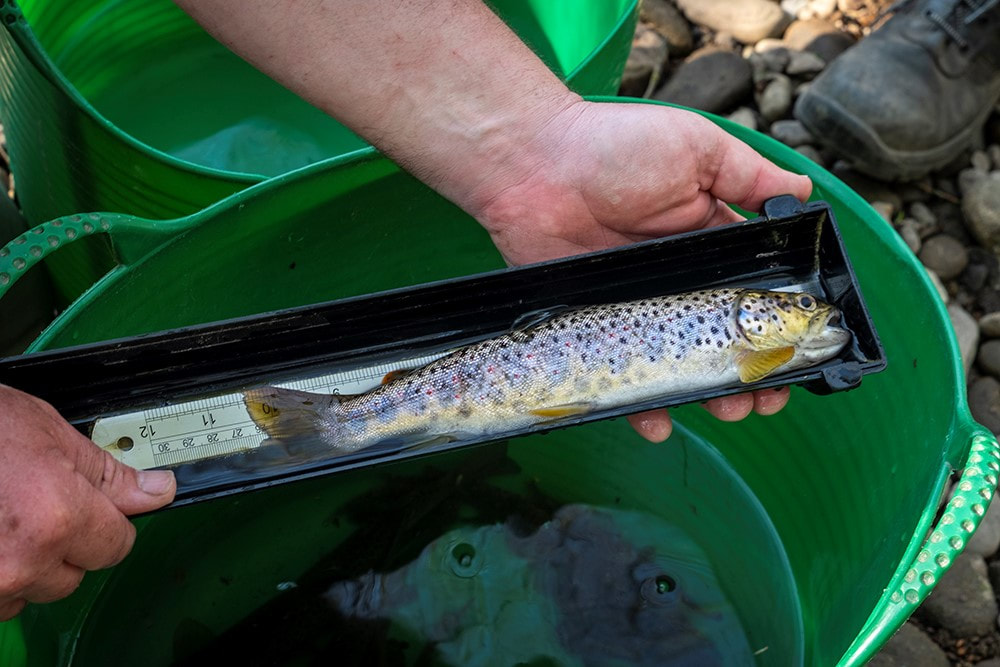




















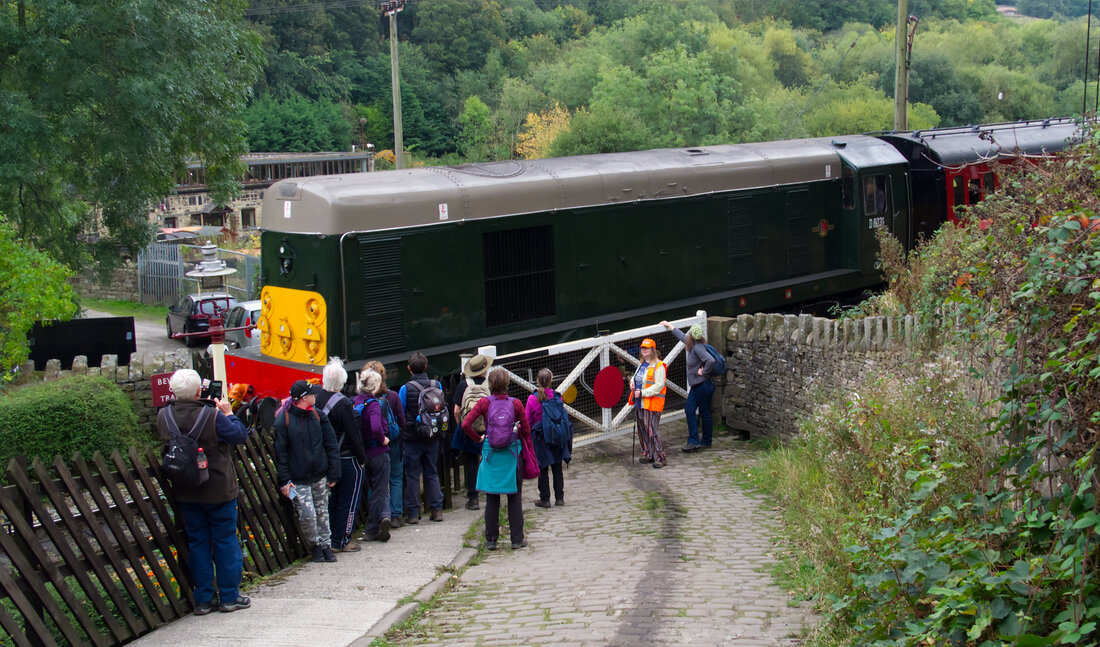

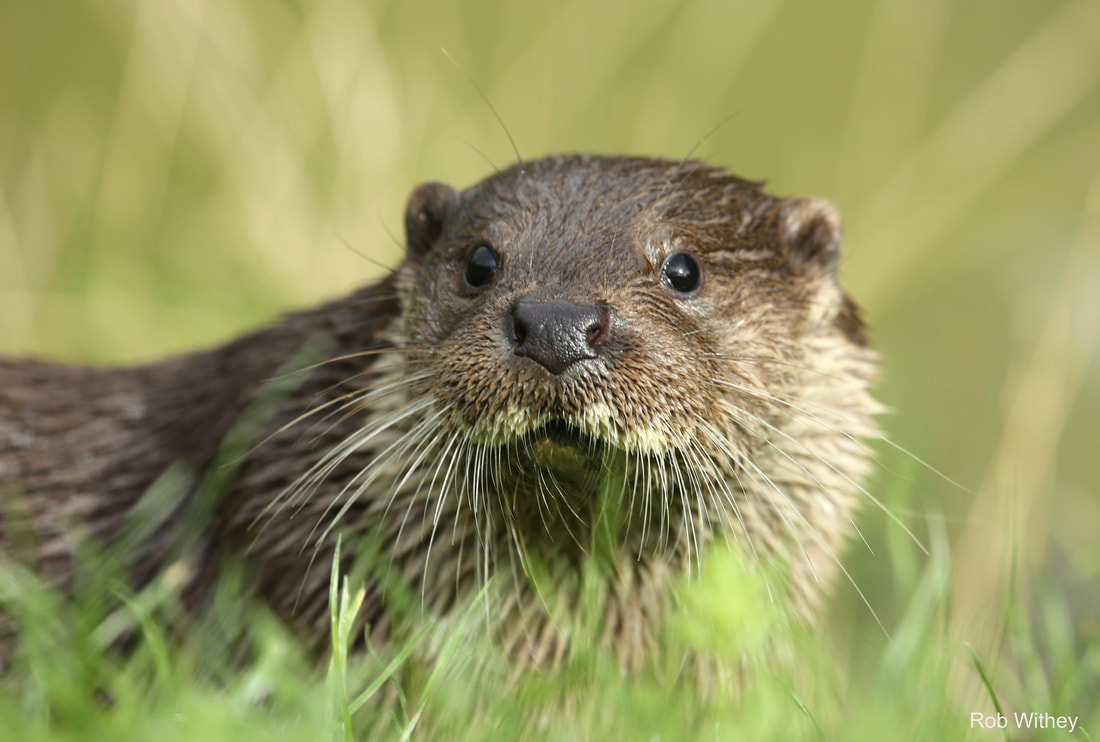
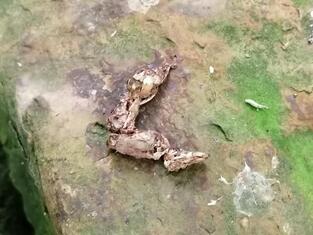
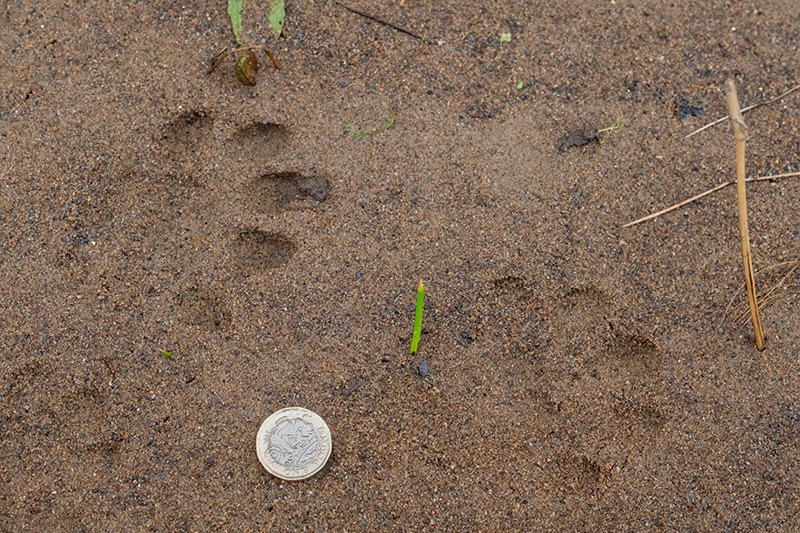
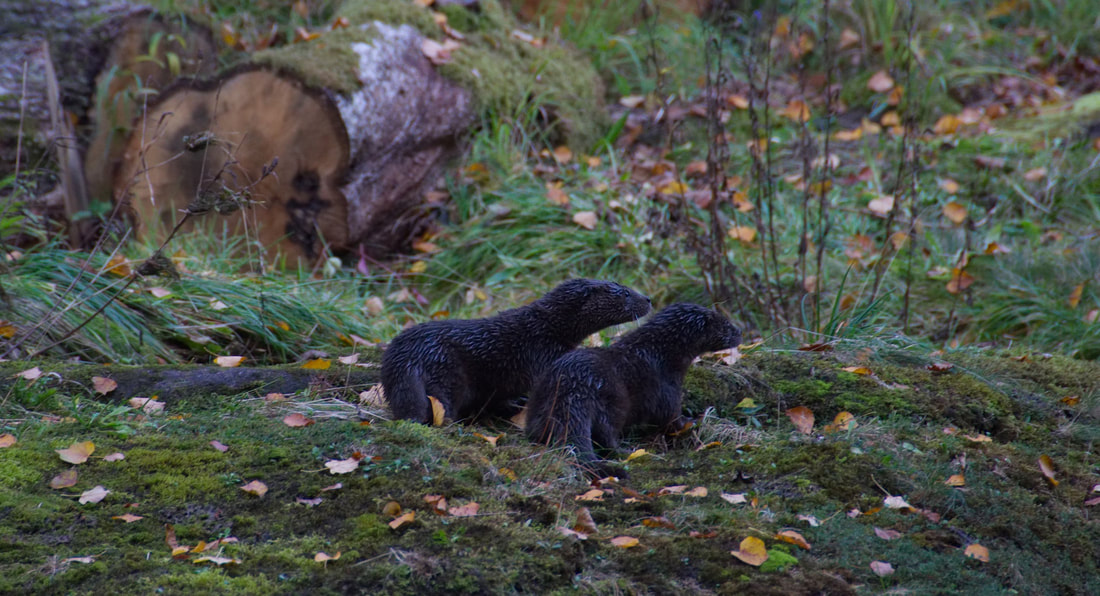





























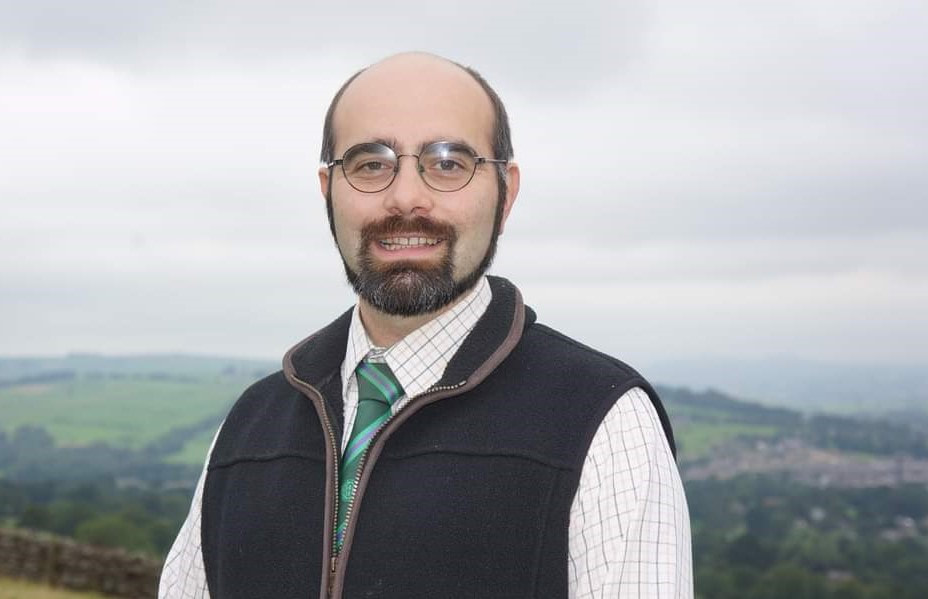













 RSS Feed
RSS Feed